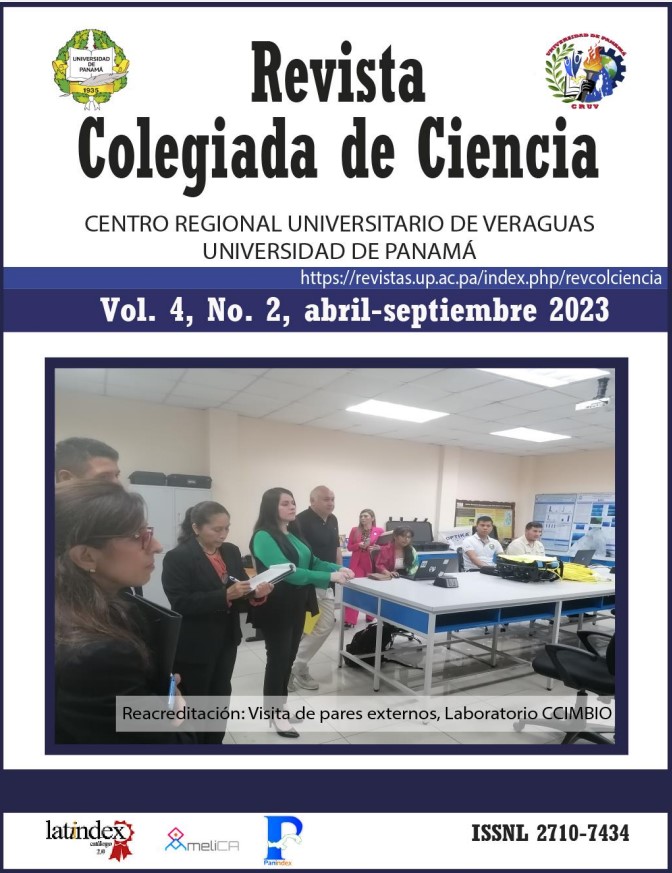

The main objective was to determine the adequate levels of iron in the nutrient solution, to improve the production and quality of FVH. It was carried out at Finca Aranda, corregimiento de Pocrí, District of Pocrí, Province of Los Santos, during the rainy season. An F2 line of the hybrid PIONEER 30F-35 and Digitaria swazilandensis (Swazi) dry grass was used. The experimental design is a factorial arrangement in split plot modality, implemented with a randomized complete forest design (DBCA) and two repetitions. Where the effect of the main plot is the type of cover of the trays (With plastic – Without plastic); and the sub-plot factor is the concentration of iron (Fe) in the nutrient solution 0 ppm, 0.1 ppm, 0.5 ppm and 1 ppm. As a result, it was obtained that: for the height at six days the concentration of 0 ppm and the plastic cover present the highest mean. Regarding the height, at 12 days, the concentration of 0.5 ppm together with the plastic cover presents the highest average. The concentration of 0 ppm and the plastic cover presents the highest mean for biomass production. In the iron concentration, the highest mean, it was presented in 1 ppm without plastic cover. In the bromatological analyses, the concentration of Ca, P, Mn is within acceptable ranges; in Na, K and Cu are at levels below that required in the production of meat and milk. Concluding that the concentration of 0.5 ppm, together with the plastic cover presented the best averages and health.